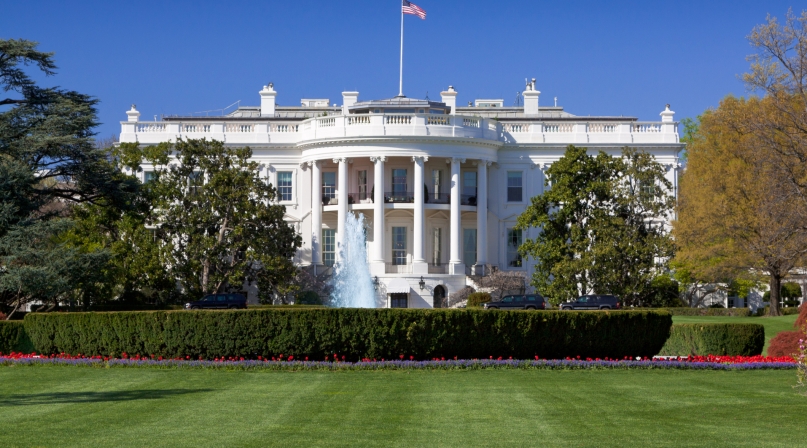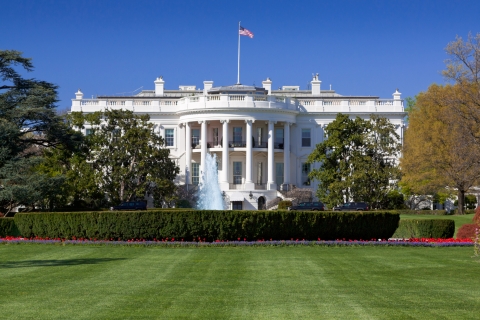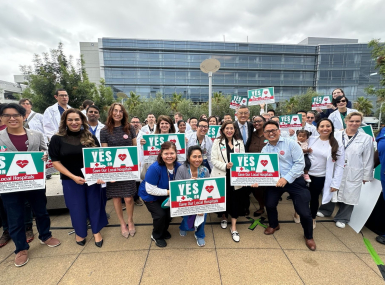President Trump Signs Executive Order Aimed at Improving Rural Health and Telehealth Access
Author

Blaire Bryant
Upcoming Events
Related News

Key Takeaways
On Monday, August 3, the White House unveiled an Executive Order (EO) outlining four broad policy proposals aimed at increasing access to healthcare services in rural areas. The directive would extend temporary regulatory flexibilities for telehealth put in place during the COVID-19 emergency, create new payment models for rural hospitals under the Medicare program, encourage investments in telehealth infrastructure in rural communities, and reduce regulatory burdens for rural health care providers.
Telehealth has emerged as a vital tool for county health providers during the pandemic, helping to improve health care access amid state and local stay at home orders, and facilitating continued delivery of critical health services to vulnerable residents in facilities such as nursing homes. Prior to the pandemic, the use of telehealth was a key strategy for reaching residents in rural and remote areas, where access to health care services has been limited due to rising hospital closures.
The Centers for Medicare and Medicaid Services (CMS) reports that the Medicare program now covers over 135 medical services through telehealth since the agency began loosening regulations around virtual services in March. In addition to the EO, CMS also released the Physician Fee Schedule (PFS) proposed rule, which seeks to expand the services covered under Medicare telehealth and make rural telehealth flexibilities brought on by the current public health emergency permanent.
However, CMS Administrator Seema Verma advises that the agency is limited in making permanent changes to telehealth rules without new federal laws. There are currently several congressional proposals for expanding telehealth provisions under consideration, including a provision in the Senate proposed Health, Economic Assistance, Liability Protections & Schools Act (HEALS Act) that would extend telehealth waivers through the end of 2021, and extend telehealth flexibilities for Federally Qualified Health Centers (FQHCs) and rural health centers for five years beyond the end of the public health emergency.
As negotiations on the next COVID-19 relief package moves forward NACo will track these provisions and continue to monitor both regulatory and policy changes that target health care access improvements through telehealth.
Additional Resources:
- White House Executive Order on Improving Rural Health and Telehealth Access
- NACo Legislative Summary of the Senate COVID Relief Package

Attachments
Related News

CMS issues new guidance on Medicaid Community Engagement Requirements
On December 8, the Centers for Medicare & Medicaid Services (CMS) released a Medicaid and CHIP Services Informational Bulletin (CIB) directing states on how to implement the Medicaid community engagement requirements enacted under Section 71119 of the One Big Beautiful Bill Act legislation (Public Law 119-21), or H.R. 1.

California county sales tax measure backfills federal healthcare cuts
Santa Clara County, Calif. will raise an estimated $330 million each year from a sales tax to backfill lose Medicaid funding.
